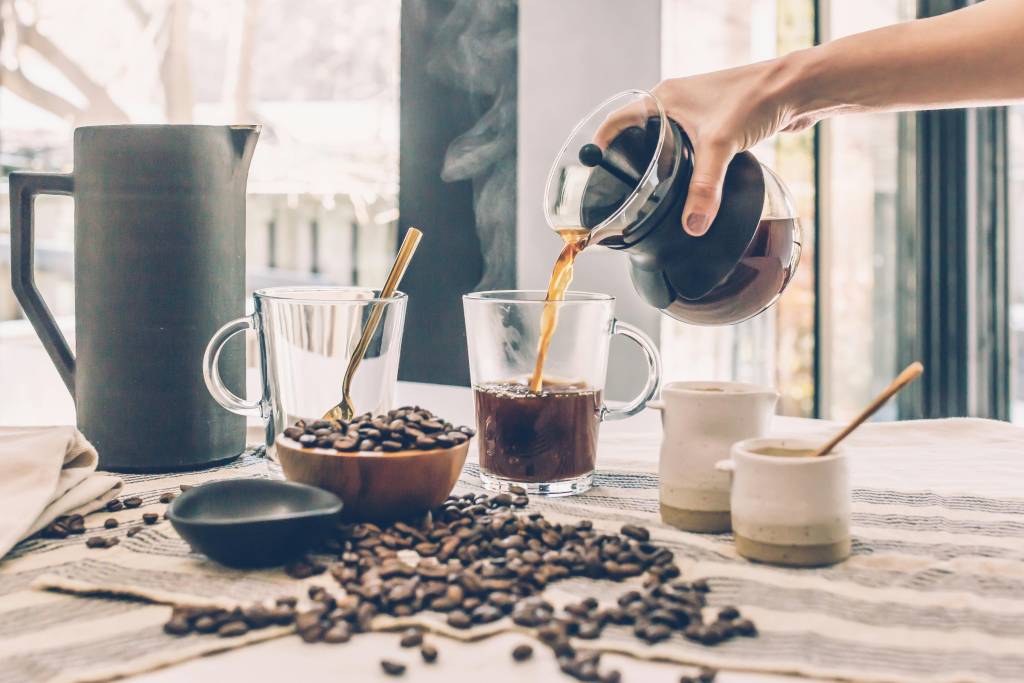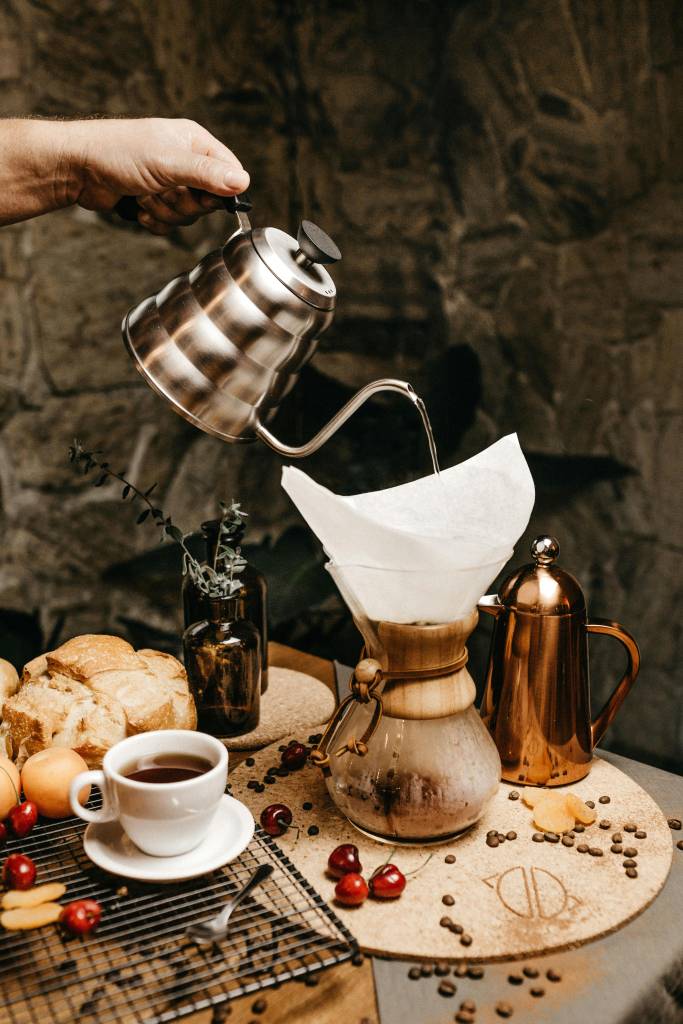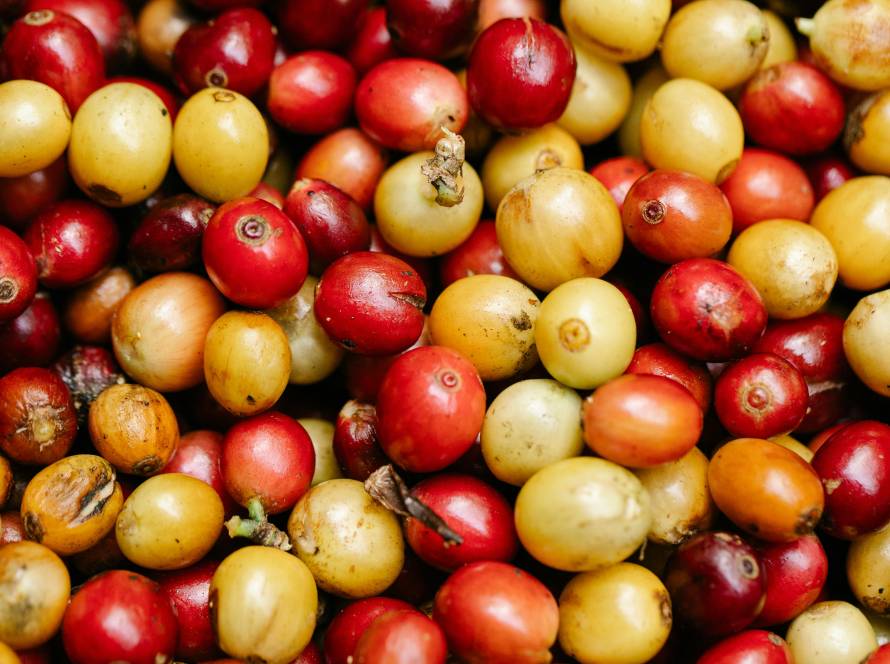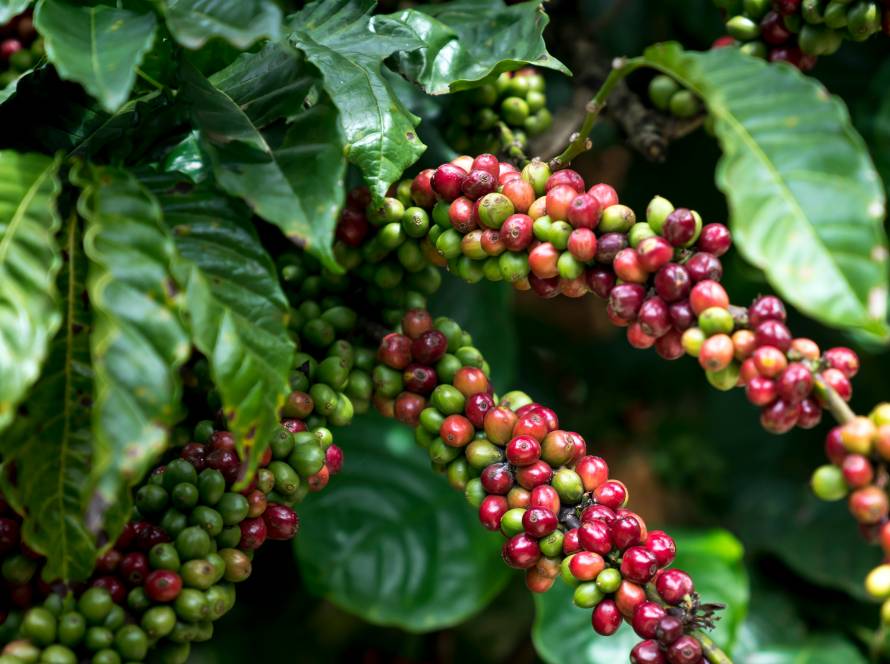Introduction
Brew specialty coffee at home with confidence and discover just how much control you have over flavour, aroma, and café-quality results. There’s something deeply satisfying about brewing your own cup of specialty coffee, especially when you realize just how much control you have over the taste, texture, and aroma. Whether you’re new to third-wave coffee or want to level up your morning ritual, this guide will walk you through the essential tools and techniques for brewing café-quality coffee at home.
Because when you’re working with great beans, like our coffees from Honduras, Colombia, or Peru, the brewing method can make all the difference.

Why Brew Matters in Specialty Coffee
Unlike commodity-grade coffee, specialty coffee is known for its complexity and clarity of flavour. But those unique tasting notes — like citrus, chocolate, or floral undertones — won’t shine through if the brew is off.
Proper brewing highlights the origin, roast profile, and processing method. It’s how you bring out the best in each bean and turn a daily routine into a true experience.
Must-Have Tools for Home Brewing
You don’t need an expensive espresso machine to enjoy excellent coffee. Here are the basics:
- A Burr Grinder – Freshly ground coffee dramatically improves flavour. Burr grinders offer a consistent grind size, which is crucial.
- Digital Scale – Accuracy matters. We recommend a 1:16 coffee-to-water ratio (e.g. 20g coffee to 320g water).
- Kettle (Ideally Gooseneck) – For controlled pouring, especially with manual brewing methods.
- Quality Water – Filtered water improves clarity and flavour.
- Your Brewing Tool of Choice – Start with one method and master it. Our favourites for beginners:
- French Press – Rich body, forgiving method.
- Pour-Over (e.g. V60 or Chemex) – Clean, bright cup, perfect for appreciating origin characteristics.
- AeroPress – Portable, easy to clean, and super versatile.

Step-by-Step: The Pour-Over Method (V60)
The pour-over method is one of the most popular and flavour-revealing ways to brew specialty coffee at home. Here’s a simple starting point:
- Grind Your Coffee
Use medium grind (similar to table salt). Measure about 20g of coffee for one cup. - Heat Your Water
Ideal temperature: 92°C to 96°C. If you don’t have a thermometer, boil it and let it cool for 30 seconds. - Rinse the Filter
Place the filter in the dripper and rinse with hot water. This removes papery taste and preheats your equipment. - Add Coffee and Bloom
Add your coffee grounds, start the timer, and pour 40g of water to bloom. Wait 30-45 seconds. - Continue Pouring
In slow, circular motions, pour the rest of the water until you reach 320g (for a single cup). Total brew time: ~2.5 to 3 minutes. - Enjoy and Reflect
Sip slowly and see what flavours you can detect. Want to learn how to describe them like a pro? Read our blog on The Flavour Wheel.
Common Brewing Mistakes to Avoid when Brewing Specialty Coffee at Home
- Using pre-ground coffee: You lose flavour fast. Always grind fresh.
- Inconsistent grind size: Causes uneven extraction and bitterness.
- Wrong water temperature: Too hot? You’ll burn the coffee. Too cold? It’ll taste flat.
- Not weighing: Eyeballing leads to inconsistent results.
Choosing the Right Beans to Brew Specialty Coffee at Home
Each brewing method highlights different elements of a coffee. For example:
- French Press amplifies sweetness and body — try our smooth Peruvian beans.
- Pour-Over brings clarity to fruity or floral notes — great for our bright Honduran coffee.
- Espresso or AeroPress? Go bold with our Colombian roast.
Curious about what makes our coffee “specialty”? Explore the story behind our beans here:
👉 What Makes Coffee Specialty?
Final Sip
Brew specialty coffee at home not only saves money but also deepens your appreciation for the origin and craft behind each bean. Experimenting with different brewing methods, whether AeroPress, pour-over, or French press, allows you to personalize your cup and celebrate the artistry of specialty coffee right in your own kitchen.
Brewing specialty coffee at home doesn’t have to be complicated. With a few key tools and a bit of practice, you’ll enjoy better coffee and appreciate its origins, complexity, and craft.
Your kitchen can be your café. And your next cup? The best one yet.






